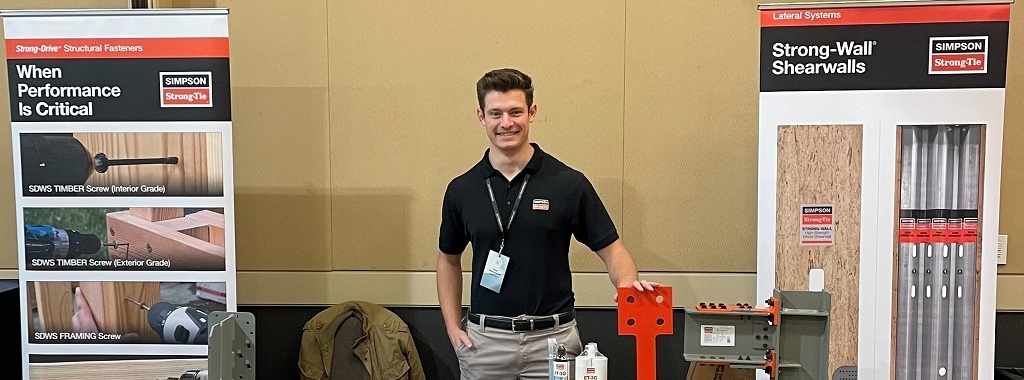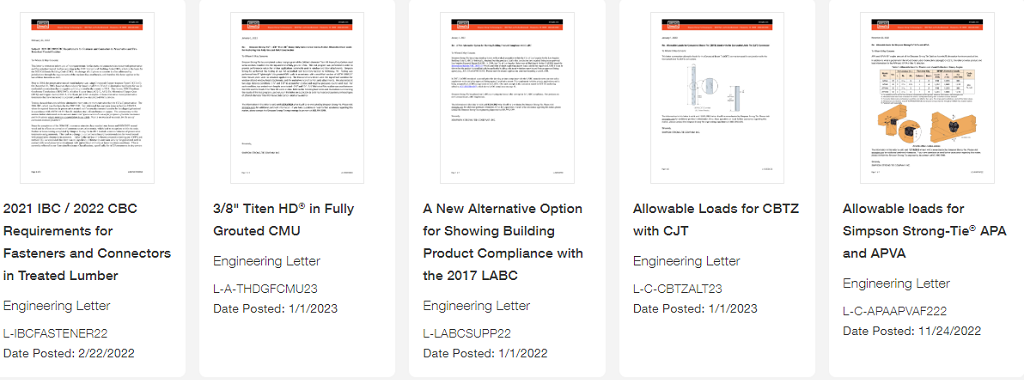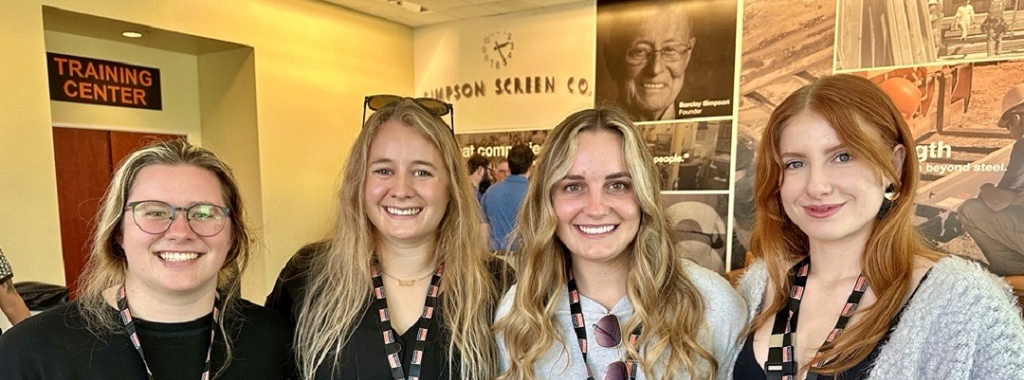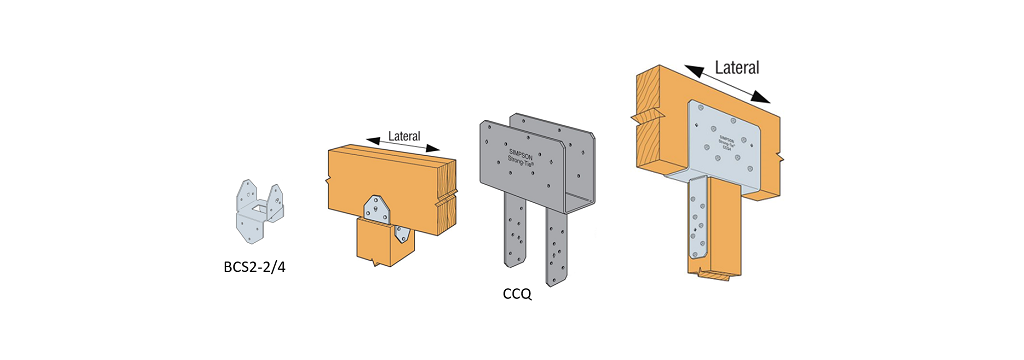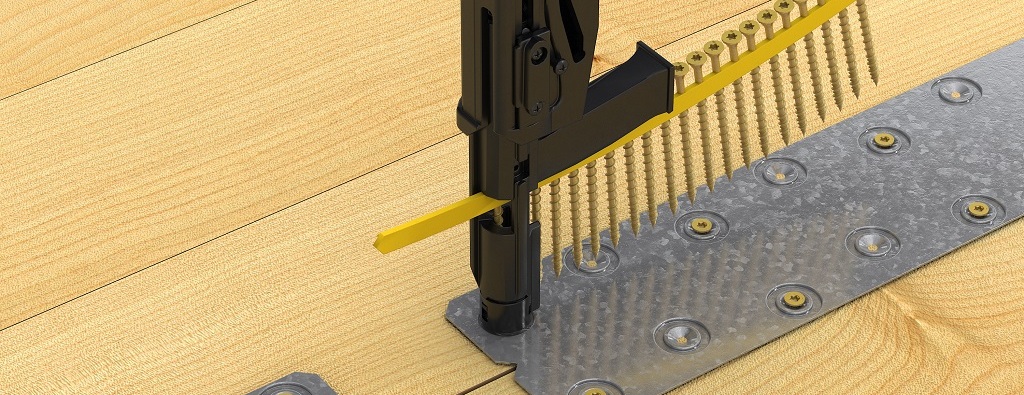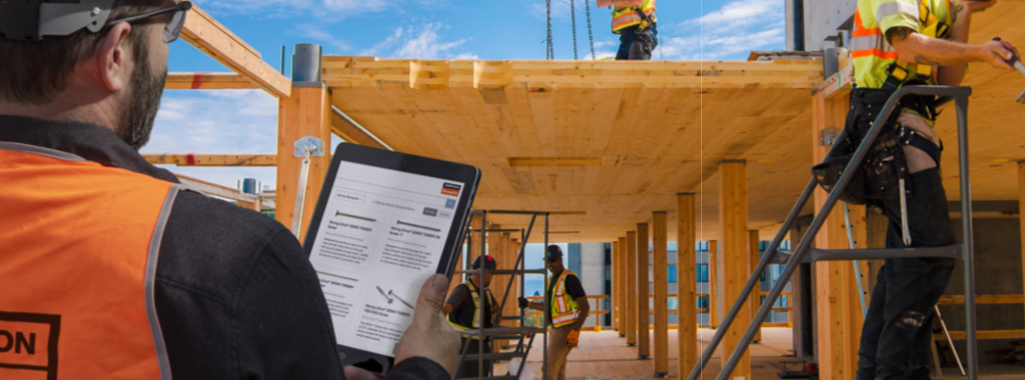Simpson Strong-Tie branch engineer, Dante Khachadourian discusses his journey from student to engineer. From his childhood days of playing with wooden blocks to earning a degree in civil engineering and obtaining his P.E. license, Dante’s path led him to Simpson Strong-Tie, where he found fulfillment in a diverse range of responsibilities as a branch engineer. Today, Dante navigates his day-to-day duties with enthusiasm, supporting designers, builders, and collegues alike to accomplish our mission of helping people build safer, stronger structures.
Tag: engineering
Top Five Most Downloaded Engineering Letters
Prior to joining Simpson Strong-Tie, I spent 13 years working as consulting structural engineer. As a specifier, I was amazed at the number of resources Simpson made available to me. From software, to blogs, to design guides, there were many resources to help me solve problems and streamline the design process. One resource that can sometimes be overlooked is the numerous engineering letters Simpson Strong-Tie engineers have authored to assist in the use of our products.
My Adventure Visiting Simpson Strong-Tie As a Student Scholarship Recipient
Daphne Milkert, a senior at Milwaukee School of Engineering is a recipient of the 2023 Simpson Strong-Tie Scholarship. During her scholarship trip to the Bay Area, she engaged in activities like visiting Pier 39, exploring the Tyrell Gilb Research Lab, and participated in a hands-on tradeshow showcased the versatility of Simpson Strong-Tie products. Discover her insights from the trip and what she found valuable about her experiences and the connections she made.
Common Engineering Technical Inquiries – Part II: Wood Construction Connectors
This is the second part of a three-part series covering common questions we receive in our engineering department. Part 1 consisted of frequently asked questions related to our anchor products (view Part 1 here). These are questions that come directly into our call center, questions submitted through the website, submitted through our engineering email queues, or through our sales team.
From CEO to Legacy: Welcome to the Karen Colonias Research Lab!
David Huerta, Senior Lab Manager at the Simpson Strong-Tie home office in Pleasanton, California, was present during the renaming of the Karen Colonias Research Laboratory. The lab was renamed in honor of our former CEO, Karen Colonias, who was instrumental in driving our company forward during her 38 years with the company, including 11 as our CEO. David shares his perspective on the lab’s functions and operations, as well as its importance to our company’s legacy.
Empowering Future Engineers: Cal Poly Students’ Journey in the Timber-Strong Design Build Competition
The Timber-Strong Design Build℠ (TSDB℠) Competition is an annual event sponsored by the the American Society of Civil Engineers (ASCE) in partnership with the American Wood Council (AWC), APA (the Engineered Wood Association), and Simpson Strong-Tie in which student teams design and build an artistically creative two-story wood light-framed buildings that are sustainable, aesthetically pleasing, and structurally durable. The competition enables students to gain experience in common structural engineering design as well as the business management and building practices used in construction environments. The authors of this article are graduating civil engineering students in the Civil Engineering program at California Polytechnic State University in San Luis Obispo, CA.
Understanding Post Cap Lateral Capacities
Why do our light-duty BC post caps have published allowable lateral loads while our strong, heavy-gauge CCQ column caps do not?
Because with great power comes great responsibility. Or, in the world of post caps: With great capacity comes more responsibility.
Mass Timber Diaphragm Options with Four Different Connection Types — How Our LDSS48 Light Diaphragm Spline Strap Evolved
Floors and roofs on mass timber buildings are constructed from large panels of engineered wood, such as cross-laminated timber (CLT) or mass plywood. Designers join these prefabricated panels together on site to create a structural horizontal diaphragm to transfer wind and seismic loads to the vertical elements of the lateral force resisting system. Shear forces between panels must be transferred through these panel-to-panel connections. Conventional wood structural panel sheathed diaphragms have shear capacities and fastener spacing tabulated in Special Design Provisions for Wind and Seismic (AWC SDPWS). Mass timber diaphragms, on the other hand, require some more design work by the designer.
Simpson Strong-Tie Engineer to Talk on Mass Timber Construction and Design
Simpson Strong-Tie is proud to announce that one of our product engineers, Bonnie Yang, Ph.D., P.E., CFS, has been invited to give a public lecture on mass timber connections. The date of her lecture will be March 3 at 11 a.m. PST. Yang’s lecture will be part of a Mass Timber mini-lecture series hosted by the School of Architecture at Mississippi State University in partnership with the Mississippi Forestry Association.
Bringing Excellence to Engineering: Meet Our 2022 Excellence in Engineering Award Winners
This year, the Simpson Strong-Tie Engineering department held their 2023 Engineering Summit and awarded four engineers the 2022 Excellence in Engineering Award. This award recognizes the incredible contributions from our Engineering department, who continually exceed expectations in their mission to create the best solutions we can for our customers and our company.

